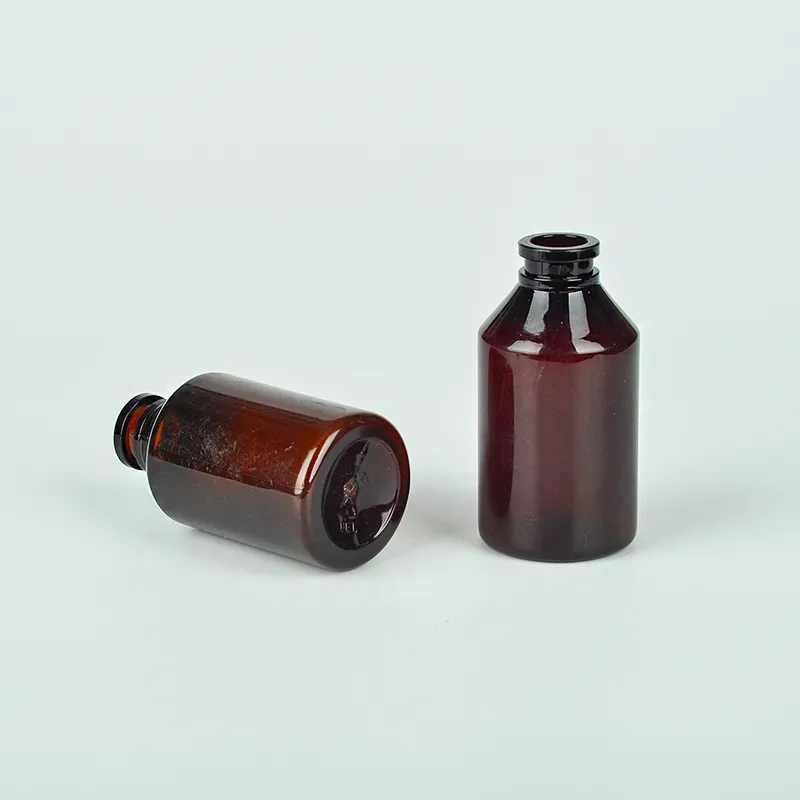Efficient Storage Solutions for Biological Samples in Cryogenic Tubes
Exploring Freezer Tubes Essential Tools in the Lab
Freezer tubes are an indispensable part of any laboratory that focuses on biological research, biotechnology, or any field that requires the long-term storage of biological samples. These tubes, specifically designed to withstand freezing temperatures, have become a staple for researchers and scientists who need to preserve their samples under optimal conditions. In this article, we will delve into the features, benefits, and best practices associated with the use of freezer tubes.
What Are Freezer Tubes?
Freezer tubes, often made from high-quality polypropylene, are designed to hold samples like cell cultures, DNA, RNA, proteins, and other biological materials at ultra-low temperatures. They are capable of enduring temperatures as low as -80°C, which is crucial for preventing the degradation of vital samples. Typically, these tubes come with a sealing mechanism, which ensures that the contents remain uncontaminated and that no solvent evaporates during the storage process.
Key Features
1. Material Most freezer tubes are made from polypropylene due to its chemical resistance and durability. This material does not break down easily, even under extreme cold conditions, ensuring the integrity of the samples.
2. Size and Capacity Freezer tubes come in various sizes, usually ranging from 0.5 mL to 2.0 mL. This versatility allows researchers to select the appropriate volume based on the sample size they intend to store.
3. Color Coding Many manufacturers color-code their freezer tubes, which helps researchers quickly identify the contents without opening the tube. This feature aids in improving efficiency and reducing the risk of cross-contamination.
5. Graduated Markings Some freezer tubes come with printed graduated markings which allow researchers to measure accurately without the need for additional measuring devices.
Benefits of Using Freezer Tubes
freezer tubes

1. Sample Preservation The main advantage of using freezer tubes is the preservation of biological samples over extended periods. By maintaining low temperatures, researchers can prevent enzymatic degradation and maintain sample viability.
2. Contamination Prevention With leak-proof seals, these tubes minimize the risk of contamination. This is crucial when working with sensitive samples that can easily be affected by external contaminants.
3. Ease of Use Freezer tubes are designed for easy handling. Many feature built-in labeling areas, which facilitate quick identification, and they are often compatible with standard lab freezers and cryogenic storage systems.
4. Cost-Effective When considering the long-term storage of valuable biological samples, investing in quality freezer tubes can be cost-effective. They reduce the need for frequent replacements of degraded samples and save time on repeated experiments.
Best Practices for Using Freezer Tubes
1. Proper Labeling Always label your tubes clearly with relevant information such as sample type, concentration, and date of storage. Using waterproof markers can ensure that the information remains legible even after prolonged exposure to cold.
2. Avoiding Freeze-Thaw Cycles Repeatedly freezing and thawing samples can lead to degradation. It is advisable to aliquot samples into smaller volumes to minimize the need for thawing the entire stock.
3. Use of Cryoprotectants For certain biological samples like cells, using cryoprotectants (e.g., dimethyl sulfoxide or glycerol) can help reduce ice crystal formation, which can be detrimental to cell integrity.
4. Temperature Monitoring Regularly monitor the temperature of the freezer to ensure it remains stable. Unexpected fluctuations can compromise sample integrity.
In conclusion, freezer tubes are vital instruments in the scientific community, providing the means for secure and effective sample storage. By understanding their features, advantages, and best practices, researchers can significantly enhance their experimental workflows and ensure the reliability of their scientific data. Investing in quality freezer tubes is not just a matter of practicality but a commitment to preserving valuable research material for the future.
-
Aesthetic Makeup Spray Bottles | Fine Mist Empty RefillableNewsAug.19,2025
-
White Plastic Veterinary Vaccine Vials | Lab Liquid BottlesNewsAug.18,2025
-
Plastic Medicine Liquid Bottle: Secure Flip Top Drug VialsNewsAug.17,2025
-
Durable 250ml Blue Plastic Vaccine Vial for Lab & Vet UseNewsAug.16,2025
-
Sterile Virus Sample Tubes: Secure & Reliable Specimen CollectionNewsAug.15,2025
-
White 250ml Plastic Vaccine Vial for Lab & Vet MedicineNewsAug.14,2025
























